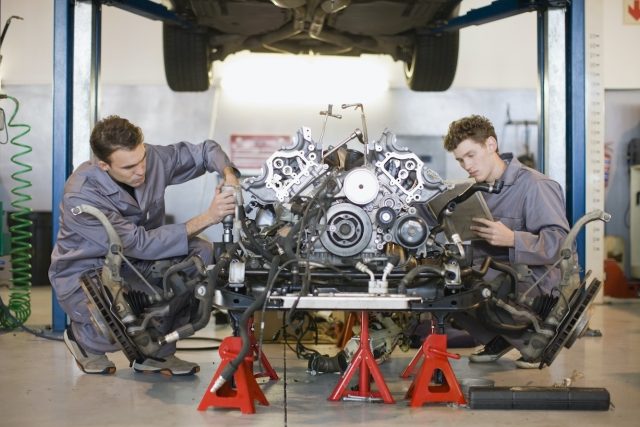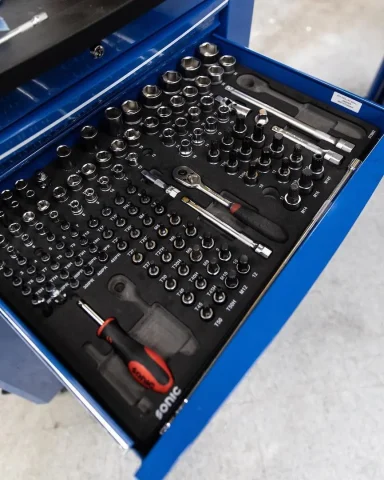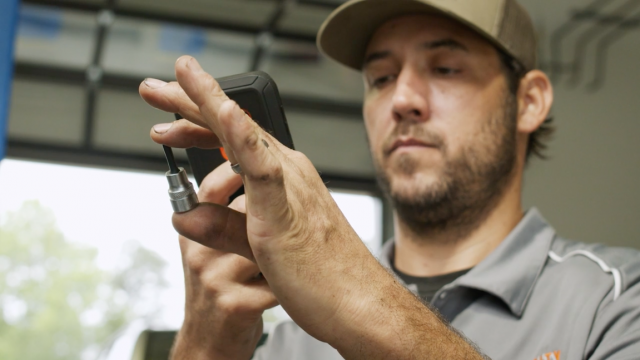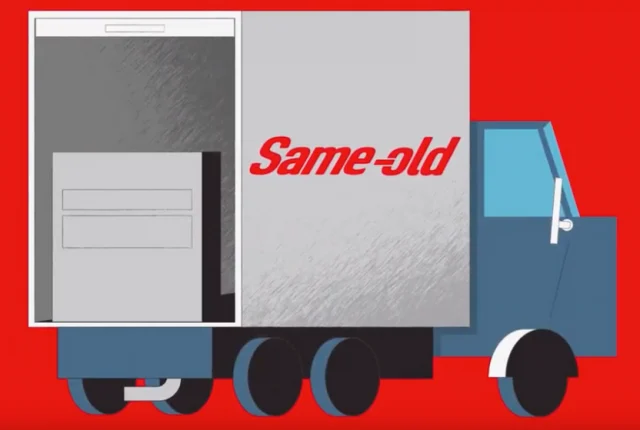In the world of mechanics, the difference between success and stagnation often hinges on the efficiency and productivity within the workshop. Mechanics face the perpetual challenge of optimizing their operations — from streamlining inventory management to increasing employee retention workflows, there is a constant push for improvement. This is where the philosophy of lean methodology shines. In Toyota’s factories, lean principles aim to reduce waste and boost efficiency. This guide will provide actionable lean solutions that mechanics can employ to enhance their shop’s operations.
Grasping the Fundamentals of Lean
To fully leverage lean solutions, we must start with its foundational principles: defining value from the customer’s viewpoint, streamlining the value stream, ensuring smooth workflow, creating a pull system, and striving for continuous improvement. Lean methodology is deeply rooted in maximizing value and minimizing waste.
Automotive industry expert James Womack encapsulated the essence of lean with his insight, “Lean thinking defines value as providing benefit to the customer; anything else is waste.” This customer-first approach is pivotal to effectively applying lean strategies, and it’s the approach Sonic takes with our customers.
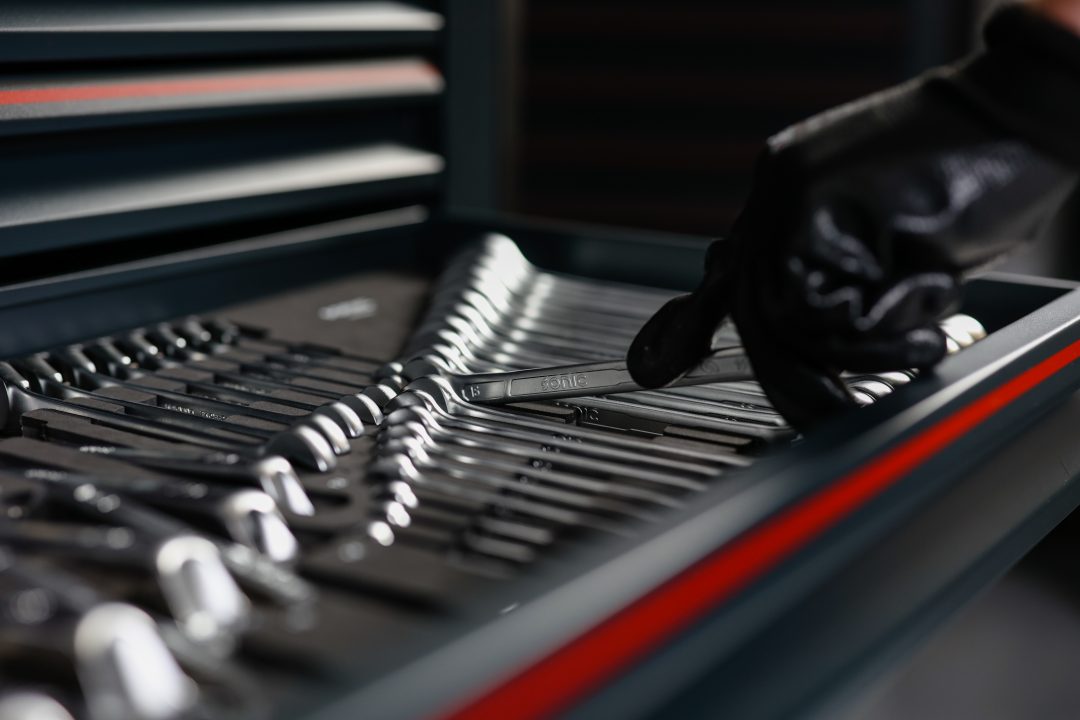
5S: A Lean Transformation for Mechanic Workshops
The 5S methodology is a robust framework integral to lean practices and is incredibly transformative for mechanic workshops. This method comprises five steps: Sort, Set in Order, Shine, Standardize, and Sustain, each designed to create an optimized work environment.
Starting with ‘Sort,’ you eliminate all unnecessary items, clearing the space of clutter. This initial stage sets the tone for a more focused and efficient workspace.
Next, ‘Set in Order’ involves organizing the remaining items systematically. In a mechanic shop, this means arranging tools and equipment to be easily accessible, which minimizes movement and saves time.
‘Shine’ emphasizes the cleanliness of the workspace. Regular cleaning maintains the equipment and ensures a safer work environment, preventing accidents and ensuring tools are always ready.
The fourth ‘S,’ Standardize, establishes consistent ways to maintain workplace orderliness and efficiency. This could include standardizing work procedures or how tools are returned to their designated places in the Sonic Foam System.
Lastly, ‘Sustain’ focuses on maintaining and continuously improving these standards. It encourages a culture of discipline, ensuring that the implemented systems and processes continue to be followed diligently.
By adopting the 5S framework, mechanic workshops can significantly enhance their productivity and create a more pleasant working environment conducive to high-quality service.
Real-World Lean: A Mechanic Shop Case Study
Within the bustling service department of BMW of Murrieta, a transformation reshaped their approach to automotive care. A partnership with Sonic in 2016 began a journey towards a more streamlined and efficient workspace. As the dealership prepared to transition into its new facility, Sonic implemented state-of-the-art workstations by October 2018. The dealership, led by owner Boris Said, is committed to excellence in customer service — a promise that extends to the immaculate and efficient service department.
With Sonic’s help, BMW of Murrieta achieved a unified aesthetic and functional standardization that allowed for versatility in service delivery. Said’s vision for a pristine and multifunctional service area became a reality, “We aim to have the cleanest service department without compromising on functionality. It’s not just a service center; it’s a community space that reflects our dedication to excellence,” remarked Boris Said. Sonic’s comprehensive toolkit solutions are adapted to the various demands of vehicle servicing, allowing technicians to switch between light and heavy-duty tasks effortlessly. It eliminates external tool trucks, translated into countless hours saved, maximizing billable work and underscoring Sonic’s impact on the dealership’s thriving success.
Inventory Control: The Lean Approach
Inventory management is a crucial facet of lean solutions. Both excess and deficient stock can precipitate waste and delays, respectively. Lean inventory management entails stocking precisely what’s needed, guided by customer demand. This goes for your toolsets, too. If your technician is unable to find the tools they need, it is hurting your business’s bottom line. This root issue is what birthed our Sonic Foam System and Inventory Control Folders.
With its visual approach to workflow and stock tracking, a Kanban system is incredibly beneficial in this context. For a mechanic shop, this could be actualized through color-coded bins or labels to monitor parts usage and trigger restocking actions.
The Path to Perfection: Continuous Lean Enhancement
Remember, lean methodology is an ongoing process, not a destination. It requires a steadfast commitment to iterative improvements. Echoing the words of Fujio Cho of Toyota, “We get brilliant results from average people managing brilliant processes…” This philosophy is a nudge to mechanics everywhere that process innovation can drive exceptional outcomes. In line with that
In Summary
Lean solutions equip mechanics with the framework for operational excellence, waste minimization, and amplified customer satisfaction. Your workshop can become an archetype of efficiency and productivity by internalizing and executing lean principles, such as the 5S system and Kanban inventory management.
Adopting lean is about embracing a philosophy of perpetual progress. Embark on your lean journey and witness the transformative effects on your mechanic shop.
Your Turn
How has the lean approach reshaped your workshop practices? We invite you to share your lean journey and insights. Let’s engage in a dialogue that propels the entire industry forward.

